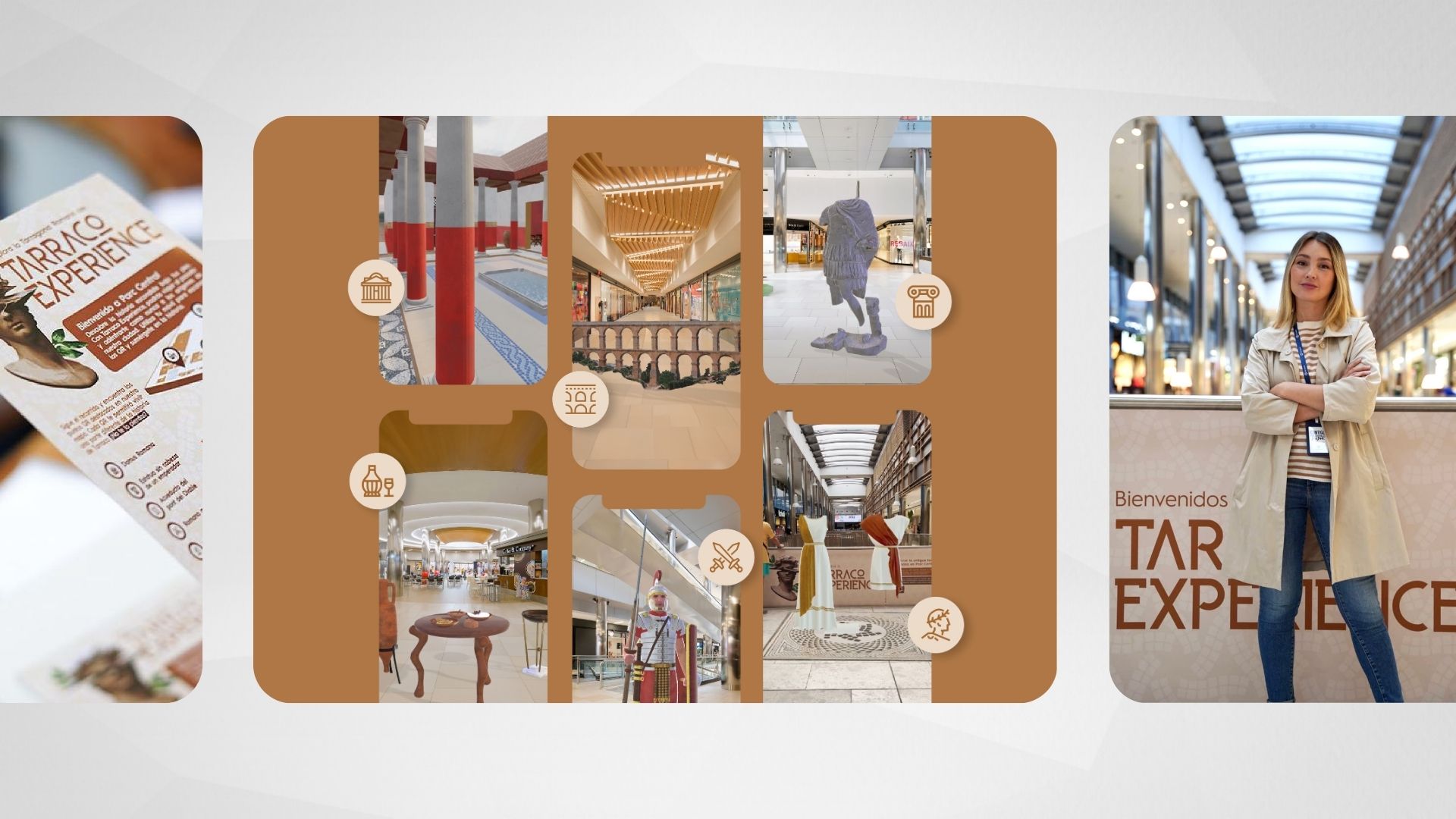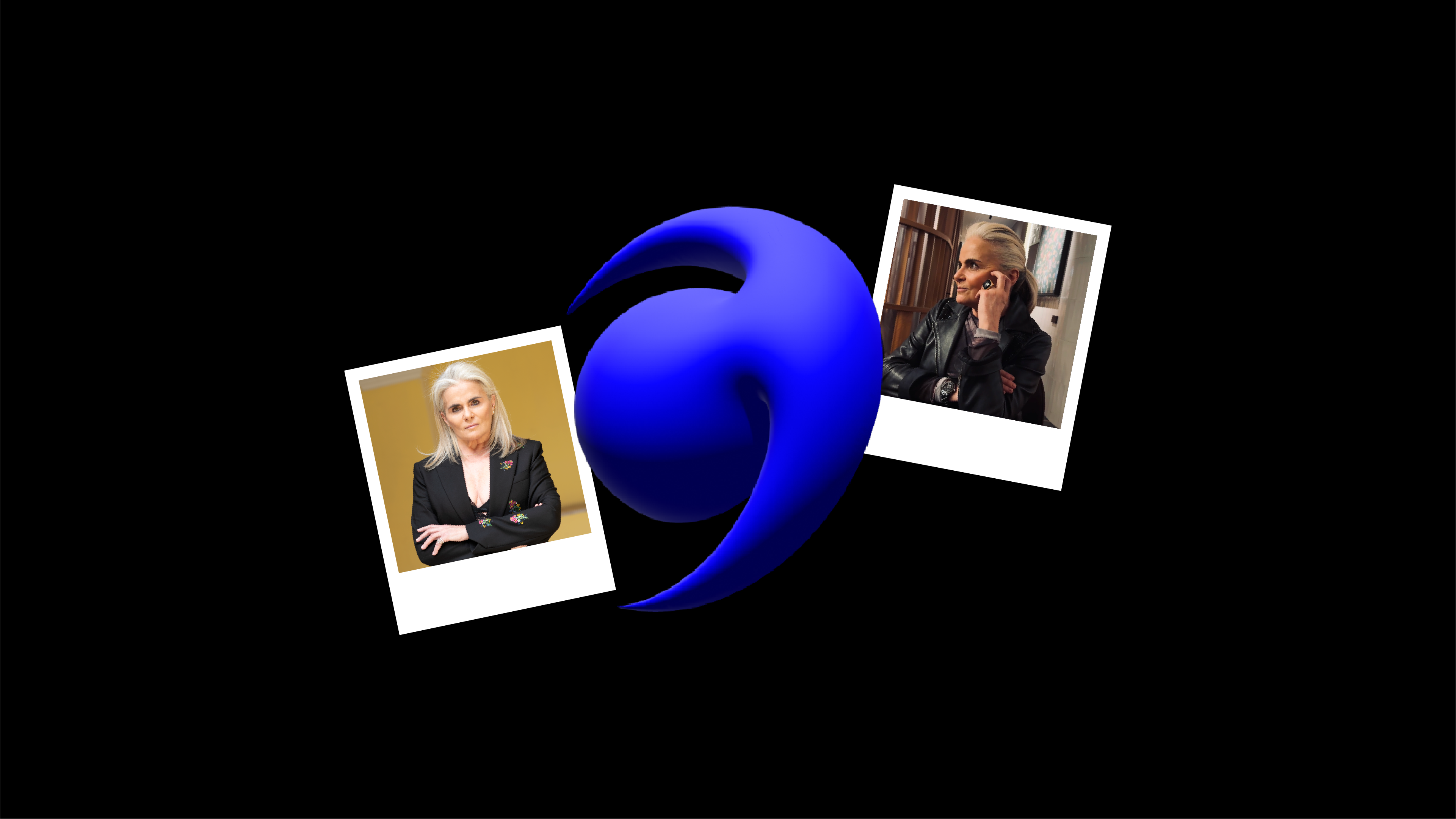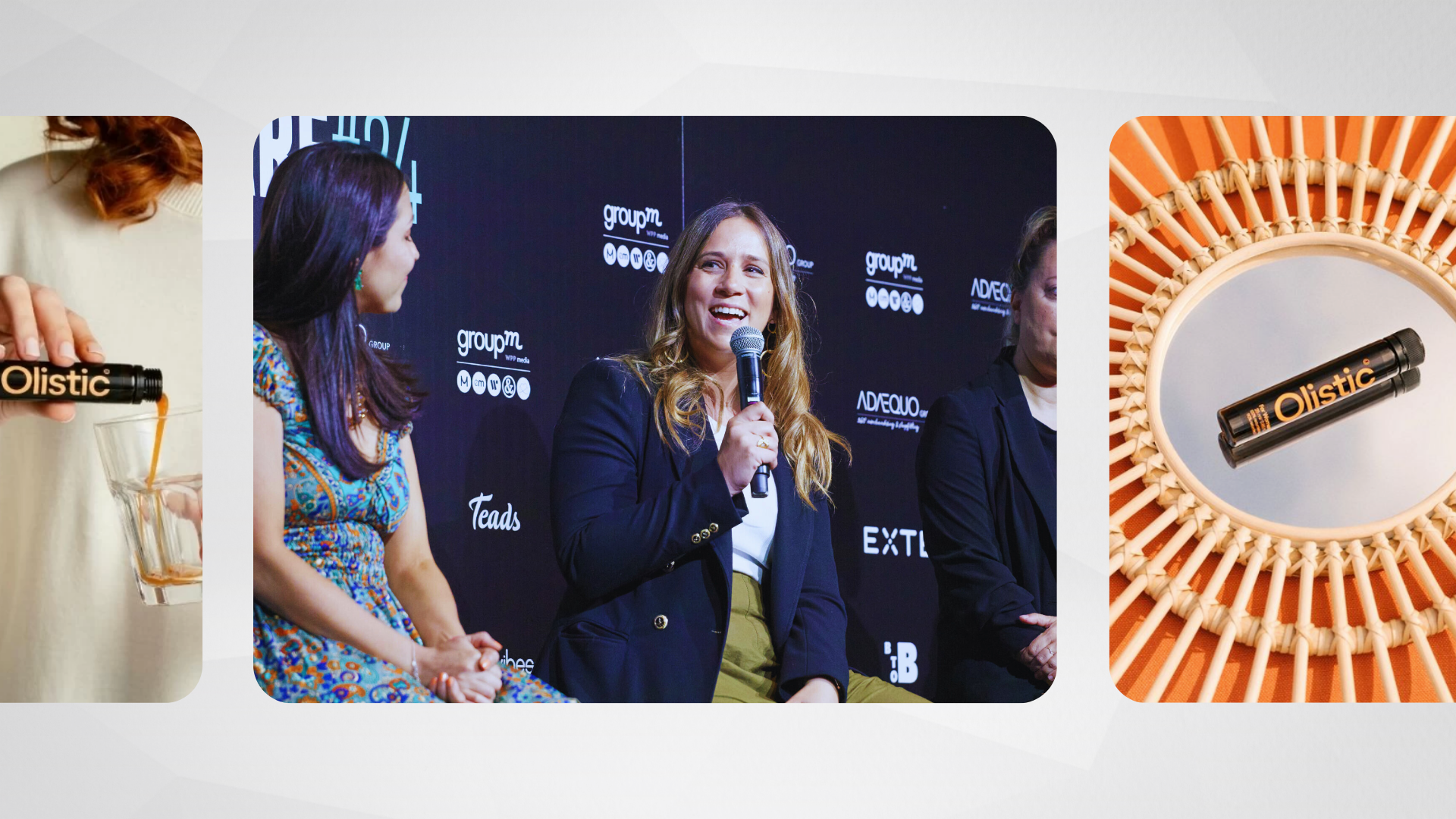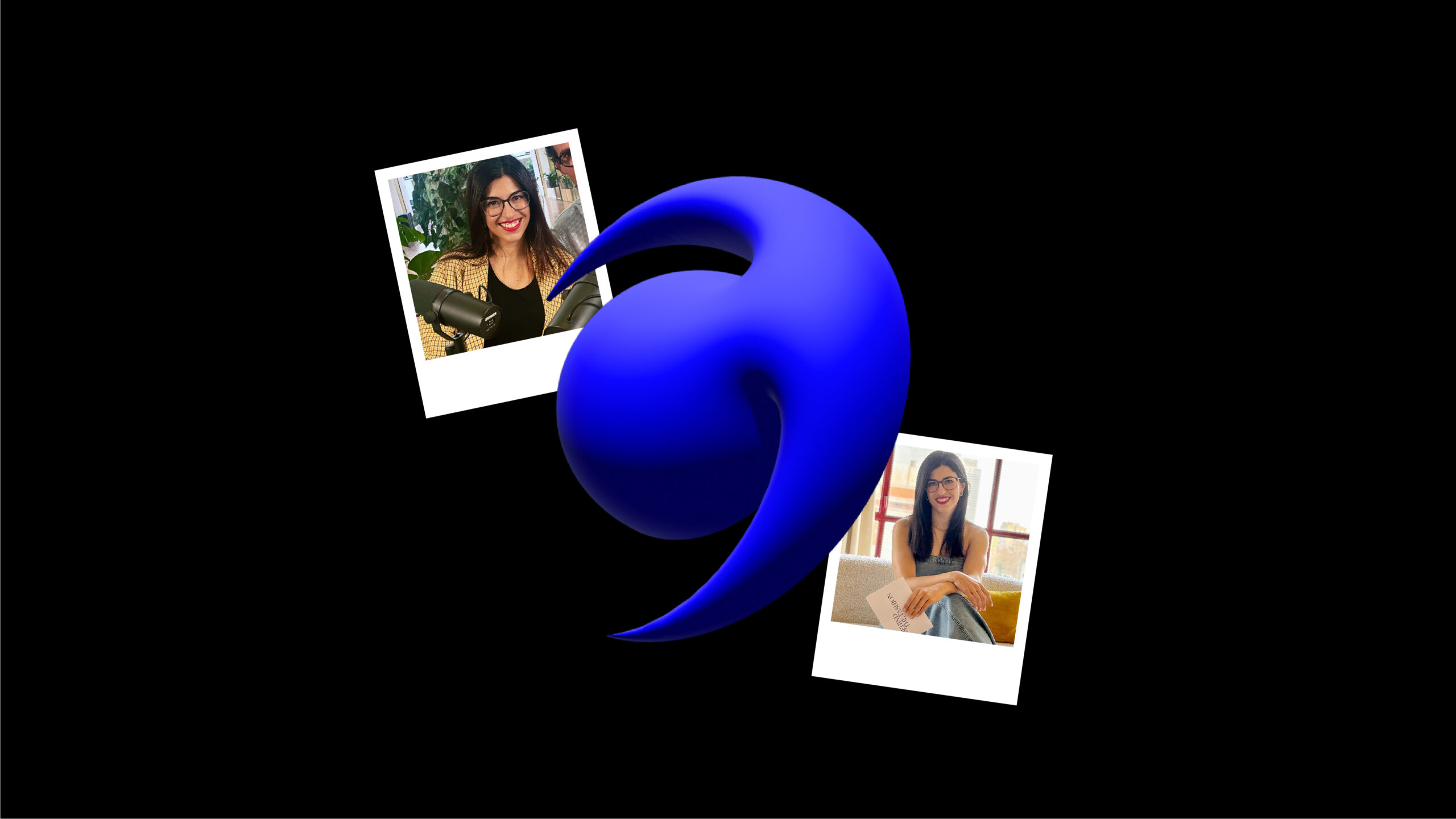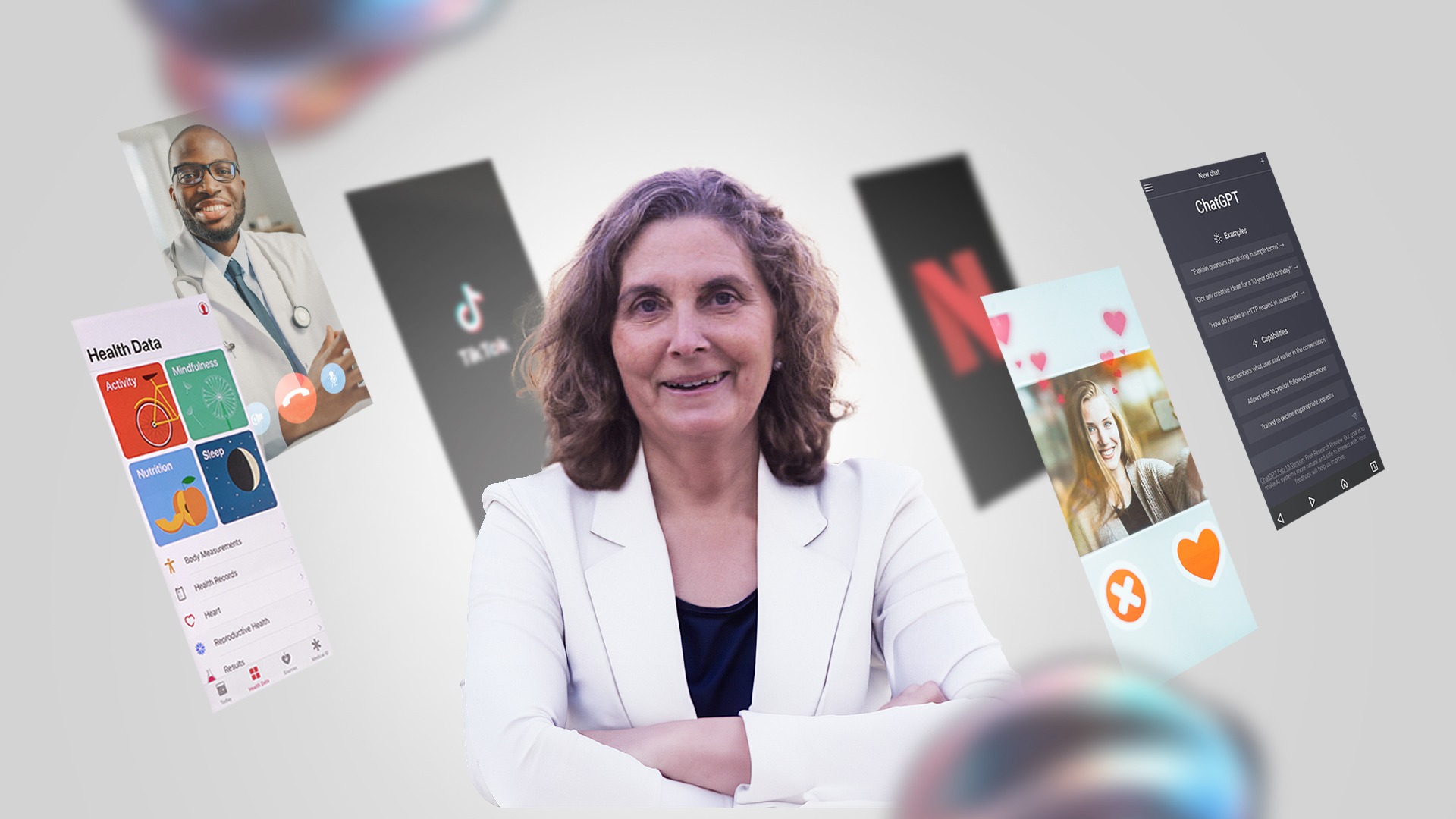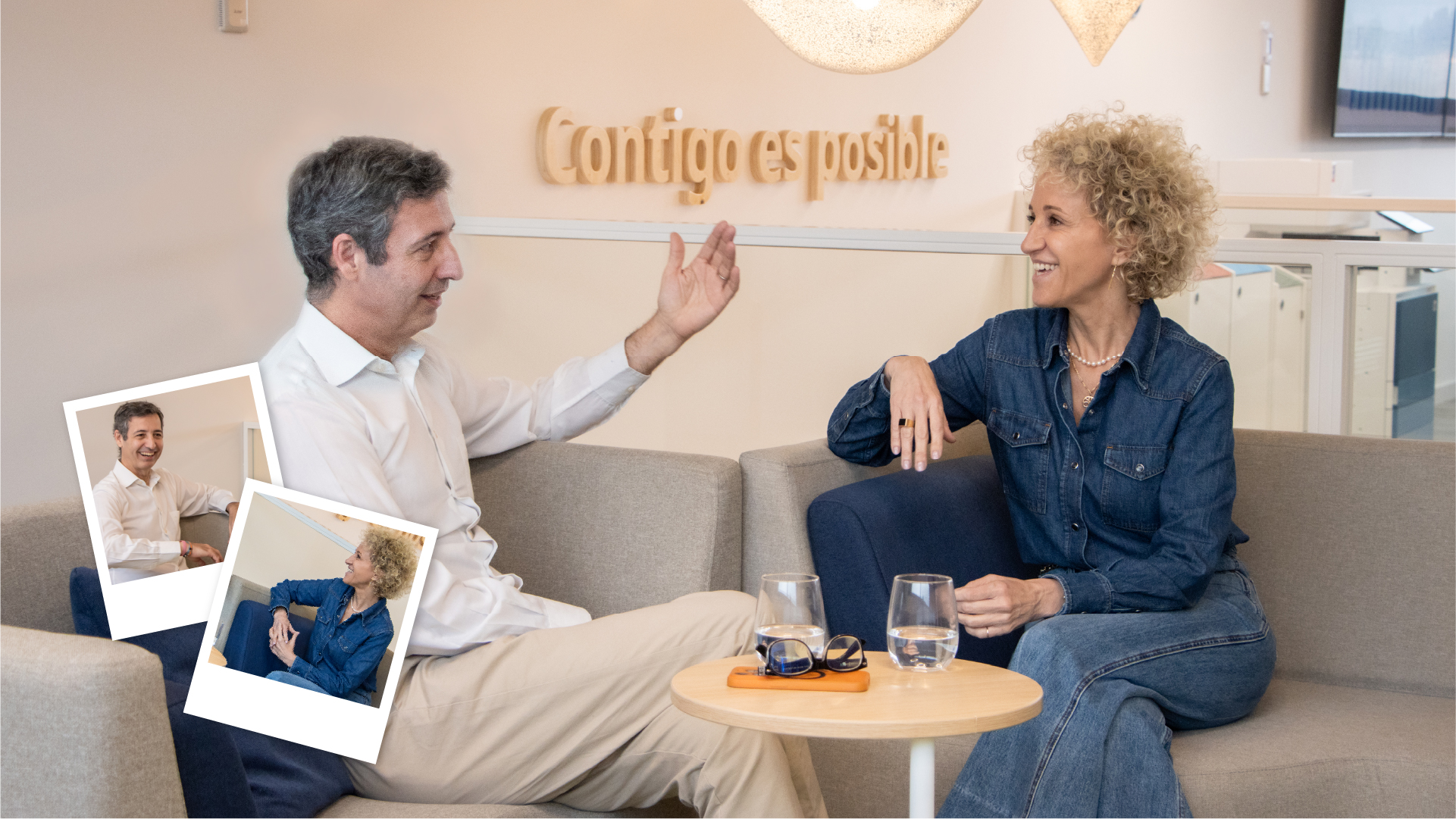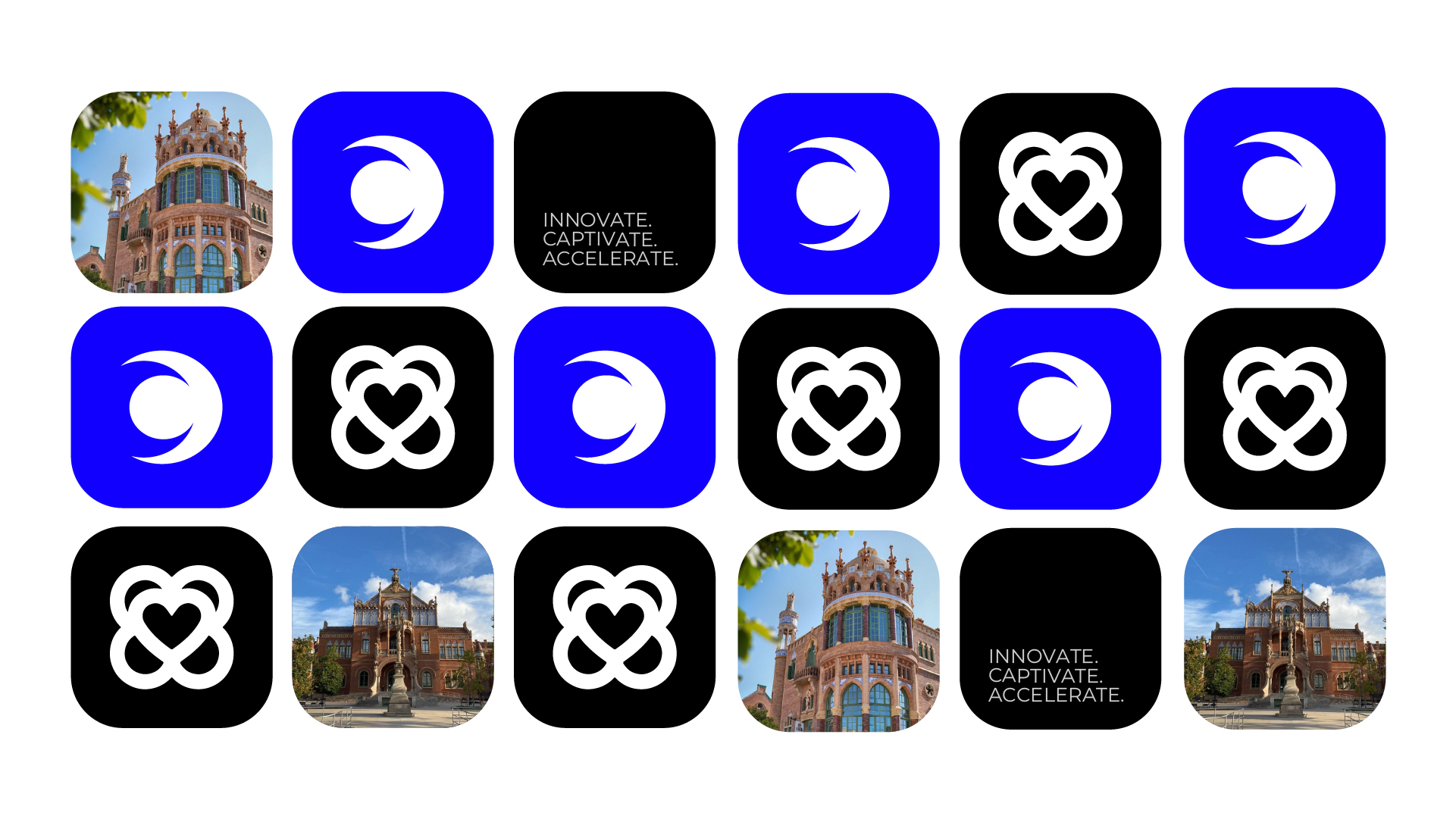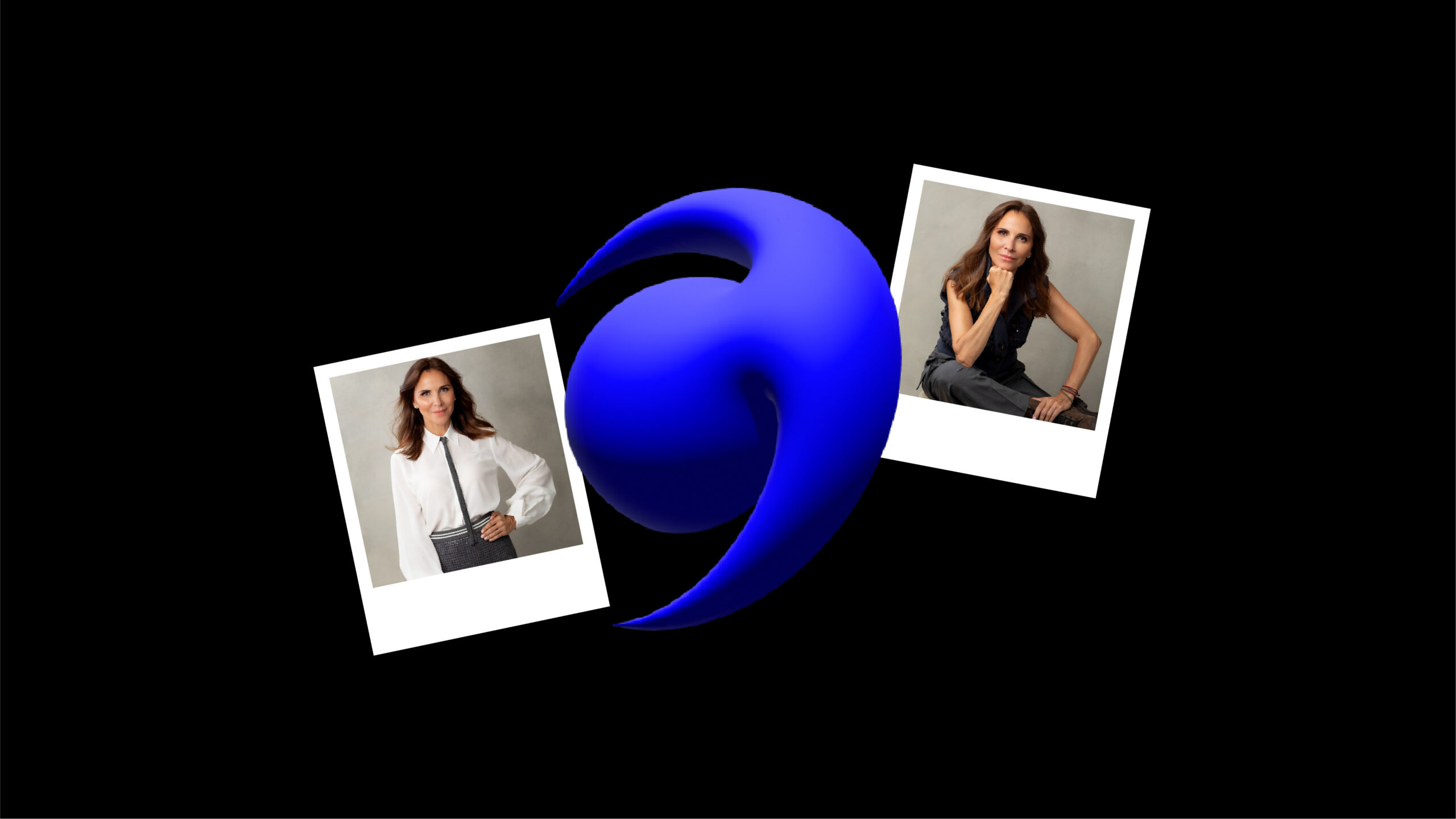Interview with Irene Espejo, Marketing Manager at Parc Central
The Kilite: Hi, Irene. Thank you for joining us today. We’d like to talk about the Tarraco Experience campaign and the importance of shopping centers in activating their assets.
To start, what motivated Parc Central to launch this campaign?
Irene: Hi, thank you for having me. At Parc Central, we are always looking for innovative ways to attract and retain our audience. Tarragona has an incredible historical richness, and we wanted to leverage that heritage to offer something unique to our visitors. The Tarraco Experience campaign allowed us to do just that, using Augmented Reality technology to create a deep connection between the city’s history and the contemporary experience of visiting our shopping center.
The Kilite: What goals did you have when you started this campaign?
Irene: Our main goal was to revitalize interest in the shopping center by increasing both visitor traffic and the length of their visits. We wanted to offer an educational and entertaining experience that highlighted the cultural value of our location, which is built over a Roman archaeological site. Additionally, we aimed to strengthen Parc Central’s identity as a place where modernity and history converge, making each visit something memorable.
The Kilite: What has been achieved with Tarraco Experience so far?
Irene: The results have been very positive. The campaign has been well received not only by tourists but also by local visitors, who have rediscovered the history of their own city. The interactive experience has sparked a lot of conversation on social media and has caught the attention of local and even national media, significantly increasing our visibility.
The Kilite: What has this campaign brought to your audience?
Irene: Tarraco Experience has provided our visitors with an innovative and fun way to learn about the history of ancient Roman Tarraco in Tarragona. Augmented Reality has allowed customers to visualize what life was like in Tarraco, making history more accessible and engaging. For the local customer, it’s been an opportunity to connect with their roots in a way that wasn’t possible before. It has also fostered a sense of community pride and sparked greater interest in local heritage.
The Kilite: Finally, how important is it for a shopping center like Parc Central to engage in asset activation?
Irene: A shopping center should be more than just a place to shop; it should be a space for enriching experiences and community gatherings. By activating our assets, such as the Roman archaeological site under Parc Central, we not only offer something distinctive and valuable to our visitors but also contribute to the local community. Initiatives like Tarraco Experience allow us to differentiate ourselves, attract new audiences, and solidify our position as a cultural and commercial landmark in Tarragona.
The Kilite: Thank you so much, Irene, for sharing with us the vision and achievements of Tarraco Experience. It’s truly an inspiring project.
Irene: Thank you for the opportunity to share our experience. We’re very excited about what we’ve achieved and the future initiatives that will allow us to continue offering unique experiences to our visitors.









